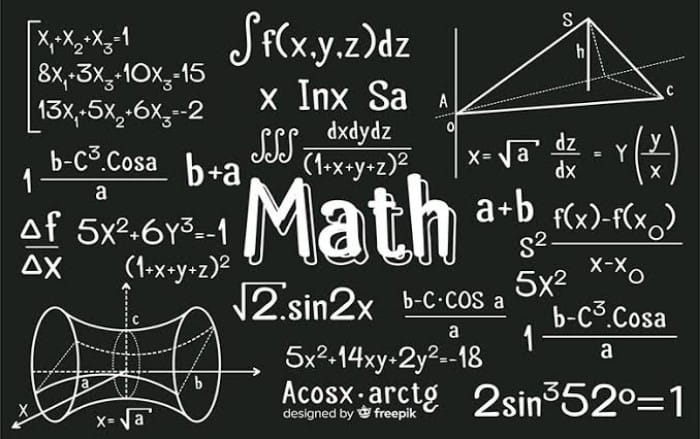Quadratic equations are fundamental in algebra and have various applications in various fields. One such equation,x^2 – 11x + 28 = 0, might seem complex at first glance, but with the right approach, it can be solved efficiently. This article will delve into the step-by-step process of solving this equation.
Before diving into the solution, it’s essential to understand the structure of a quadratic equation. A quadratic equation is ax^2 + bx + c = 0, where a, b, and c are constants, and ‘a’ is not equal to zero. The solutions to this equation are often referred to as the roots or x-intercepts.
Method to Solve x2-11x+28=0
To solve the quadratic equation (x^2 – 11x + 28 = 0), we’ll follow a step-by-step method. Quadratic equations are of the form (ax^2 + bx + c = 0), where (a), (b), and (c) are coefficients and (x) represents the unknown variable. The equation (x^2 – 11x + 28 = 0) has (a = 1), (b = -11), and (c = 28).
Step 1: Identify the Coefficients
For our equation, (a = 1), (b = -11), and (c = 28).
Step 2: Use the Quadratic Formula
The quadratic formula states that for any quadratic equation (ax^2 + bx + c = 0), the solutions for (x) can be found using:
[ x = \frac{-b \pm \sqrt{b^2 – 4ac}}{2a} ]
Step 3: Substitute the Coefficients
Substituting our coefficients into the formula gives us:
[ x = \frac{-(-11) \pm \sqrt{(-11)^2 – 4 \cdot 1 \cdot 28}}{2 \cdot 1} ]
Step 4: Simplify the Equation
Now, we simplify the equation step by step:
- Calculate (b^2): ( (-11)^2 = 121 ).
- Calculate (4ac): ( 4 \cdot 1 \cdot 28 = 112 ).
- Subtract (4ac) from (b^2): ( 121 – 112 = 9 ).
- Find the square root of the result: ( \sqrt{9} = 3 ).
- Substitute these into the formula:
[ x = \frac{11 \pm 3}{2} ]
Step 5: Find the Two Solutions
The quadratic formula can yield two solutions, one for (+) and one for (-):
- For the (+) solution: ( x = \frac{11 + 3}{2} = \frac{14}{2} = 7 ).
- For the (-) solution: ( x = \frac{11 – 3}{2} = \frac{8}{2} = 4 ).
Factorization Method
One of the most common methods to solve a quadratic equation is the factorization method. Let’s apply this method to our equation, x2-11x+28=0
- Identifying the Middle Term: The middle term in our equation is -11x. We need to split this term to factorize the equation.Factorization: On factorizing, we get: (x^2-4x) – (7x-28) = 0 x(x-4) – 7(x-4) = 0 (x-4)(x-7) = 0
From the above factorization, we can deduce the roots of the equation: x = 4 and x = 7
Verification
To ensure the accuracy of our solution, we can substitute the roots back into the original equation:
For x=4: 4^2 – 11(4) + 28 = 0 For x=7: 7^2 – 11(7) + 28 = 0 Both equations hold, verifying the correctness of our roots.
Conclusion
The solutions for the quadratic equation (x^2 – 11x + 28 = 0) are (x = 7) and (x = 4). These values of (x) satisfy the equation, meaning if you substitute them back into the original equation, it will hold. This method of solving quadratic equations is universally applicable and can be used for any equation of the form (ax^2 + bx + c = 0).

